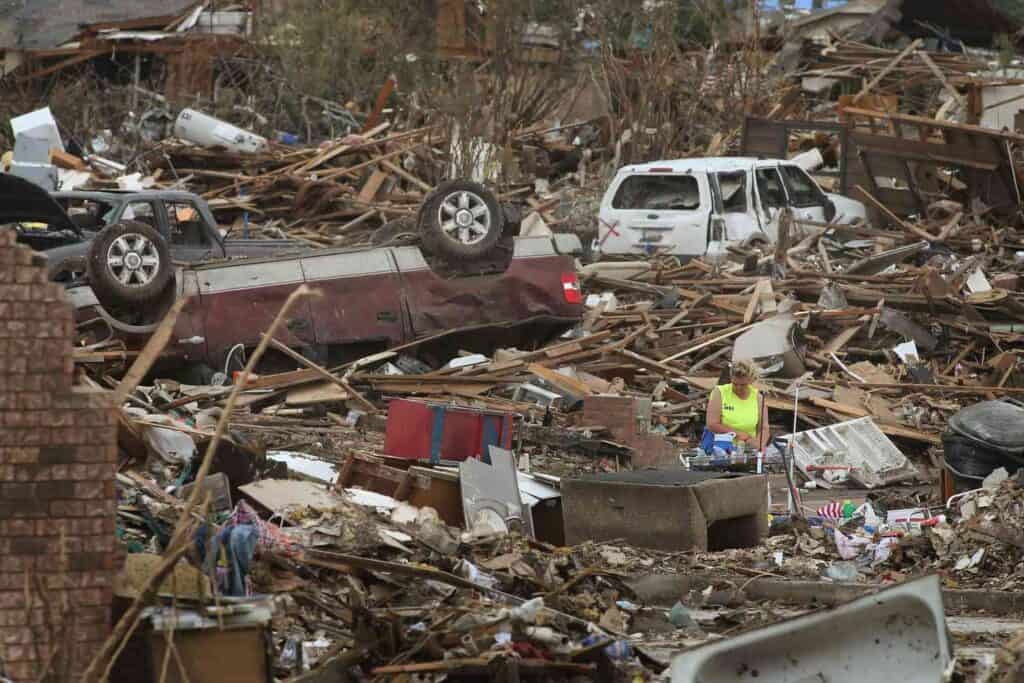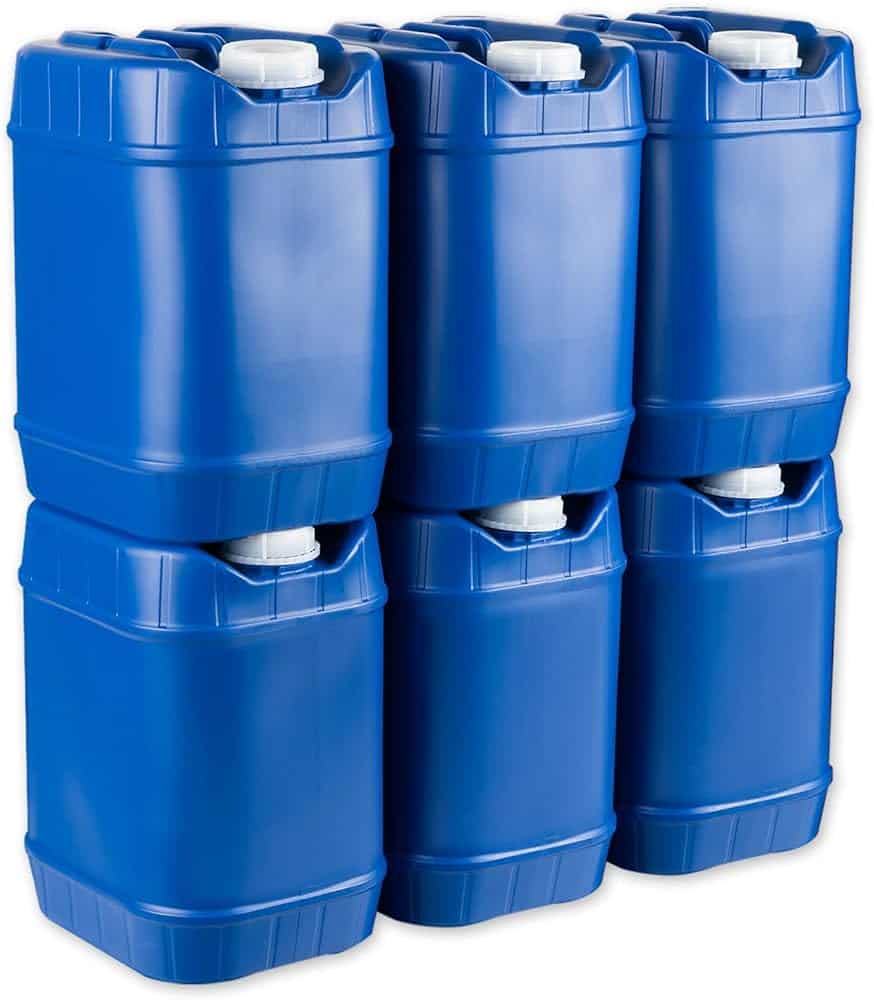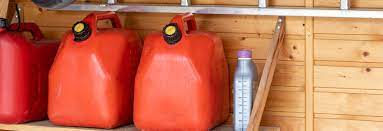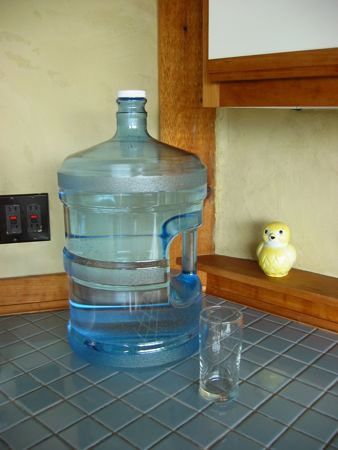If you’re caught in a disaster where the power’s out and the roads are blocked, finding clean drinking water can become your top priority. That’s when it hits you: storing emergency water isn’t just about convenience; it’s about survival. Whether it’s due to natural disasters, infrastructure failures, or unforeseen events, the reality is stark – no water means no life.

Now, let’s get this straight. You’ll need water for more than just quenching your thirst. Sanitation is equally critical, especially when traditional services may be halted. What’s more, water stored for sanitary purposes doesn’t need to be as pure as your drinking supply, allowing you to keep larger quantities outdoors in barrels or tanks if necessary.
However, when we’re talking about drinking water, that’s a whole different ballgame. This isn’t just about hydration; it’s also about health. Your drinking water must be stored with care to avoid contamination. That means small, resilient containers, sheltered inside away from the unpredictable conditions outdoors.
Imagine this scenario: you’re isolated, but you planned ahead, so you have quick access to clean water without braving the outdoors. Smart move. Starting to see why that’s crucial? It’s these preparations that could make all the difference in an emergency situation. And by staying indoors, you’re also ensuring a lesser risk of tampering or contamination.
Selecting the Right Containers for Long-term Water Storage
If you want to store drinking water for a long time, you’ve got to start with the right containers. This isn’t just about grabbing any old bottle you find lying around. You need containers that are durable, safe for storing potable water, and designed to protect the water’s purity over time.

I’m going to spill the beans on why small, unbreakable containers are usually your best bet for storing drinking water. These nifty little vessels are not only easier to manage but are also more resistant to breakage compared to their larger counterparts. This means in a disaster scenario, you can move and access your water with ease and minimal risk of losing your precious supply.
What materials should you opt for, though? Generally, food-grade plastic, glass, or stainless steel are your go-to options. Plastic is lightweight and shatterproof, while glass is inert and won’t impart any flavors to the water—though it’s more fragile. Stainless steel is durable and resilient, but it can be pricey and heavy.
Sealing and labeling these containers properly is crucial. A tight seal prevents contaminants from sneaking in, and clear labels mean you’re not left guessing what’s inside or how old it is. And trust me, when you’re in urgent need of water, the last thing you want is confusion.
You’re going to find out next about creating the perfect environment to store these containers, because as it turns out, where and how you store your water is nearly as important as the water itself.
Ideal Conditions for Preserving Water Quality Over Time
If you’ve chosen the right containers, you’re off to a good start. But storing your water correctly is just as crucial. How and where you store your emergency water can dramatically affect its quality and longevity. Your goal here is to keep it in peak condition for as long as possible.
Look for a cool, dark, and dry place to keep your water stashed. Basements or closets away from direct sunlight and heat sources are your best bet. Consistent, moderate temperatures help prevent the growth of algae and bacteria, ensuring your water stays safe to drink.
What’s around your water matters, too. Keep it away from gasoline, kerosene, pesticides, or similar substances. Even if your containers are tightly sealed, some chemicals can permeate plastics over time, contaminating your water supply. Also, steer clear of areas where strong odors are present, as water can absorb these smells.

Like any good plan, your water storage strategy should include regular check-ups. Circle a date twice a year on your calendar to inspect for leaks, signs of contamination, or any other damage to your water supply. If you’re using commercially bottled water, pay attention to the “use by” dates.
Lastly, while not always necessary, using water preservatives like bleach can extend the shelf life of your stored water. I’m not talking about pouring a glug of Clorox in willy-nilly, though. Specific measurements and approved types of bleach must be used.
Without overcomplicating it, preserving your emergency water supply under ideal conditions is about minimizing risks and ensuring usability for when you need it most. And if the unexpected happens, you’ll want to know not just how to access this water, but also how to use it effectively for drinking and sanitation. That’s what we’re going to dive into next.
Practical Strategies for Accessing and Using Stored Water
So, you’ve got your emergency water stored away and you’re feeling prepared. That’s great, but now it’s all about accessing and utilizing it efficiently when the moment arises. Whether it’s a natural disaster or a power outage, you need to be ready with both drinking water and water for other critical needs.
The key thing is placement. I’m going to give you some insight into effective storage placement to ensure your water is easily accessible. You’ll want to choose locations that are safe from potential hazards but still convenient for use in your daily life if an emergency does occur.
Remember, it’s not just about drinking. You need to have water for cooking, cleaning, and sanitation. I’ll talk about how you can balance the use of your stored water, so you don’t run out of drinking water while meeting these other needs.

Accessing your water should be safe and easy. You’ll find out about tools like siphons or pumps that are essential for dispensing water. Also, I’ll touch on methods like boiling or using purification tablets which you should have on hand just in case your water needs an extra layer of safety before use.
And lastly, don’t keep all this preparation knowledge to yourself. Make sure every member of your household knows where the water is and how to use it. Ill-preparedness can lead to panic, and that’s the last thing you need in an emergency.
Frequently Asked Questions
1. Why is emergency water storage important?
– Answer: Emergency water storage is crucial for survival in disaster scenarios where the regular water supply is disrupted, as water is essential not only for hydration but also for sanitation.
2. What containers are best for long-term water storage?
– Answer: Small, unbreakable containers made of food-grade plastic, glass, or stainless steel are recommended for storing drinking water, with proper sealing and labeling to prevent contamination.
3. What are the ideal conditions for preserving water quality over time?
– Answer: Storing water in a cool, dark, and dry place away from direct sunlight and heat sources, along with regular check-ups for leaks or contamination, helps maintain water quality. It’s also important to keep water away from certain chemicals and strong odors.
4. How can water be accessed and used efficiently during emergencies?
– Answer: Effective storage placement, considering safety and convenience, is key. Accessing water can involve tools like siphons or pumps, and methods like boiling or using purification tablets can add an extra layer of safety. Balancing the use of stored water for drinking, cooking, cleaning, and sanitation is also crucial.
5. Why is it essential for every household member to be aware of emergency water storage?
– Answer: Sharing knowledge about the location and proper use of stored water is vital to prevent panic and ensure preparedness among household members during emergencies.

